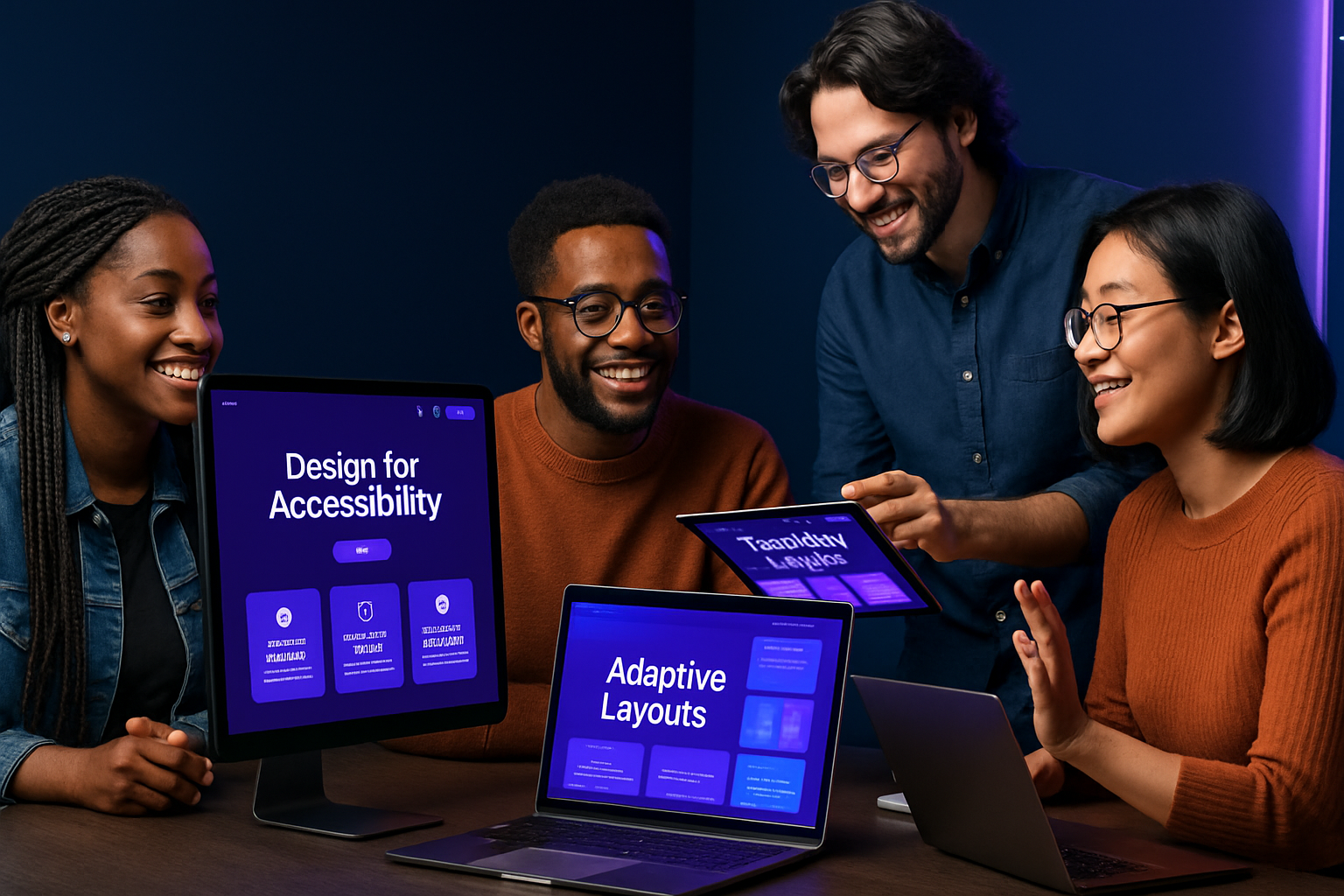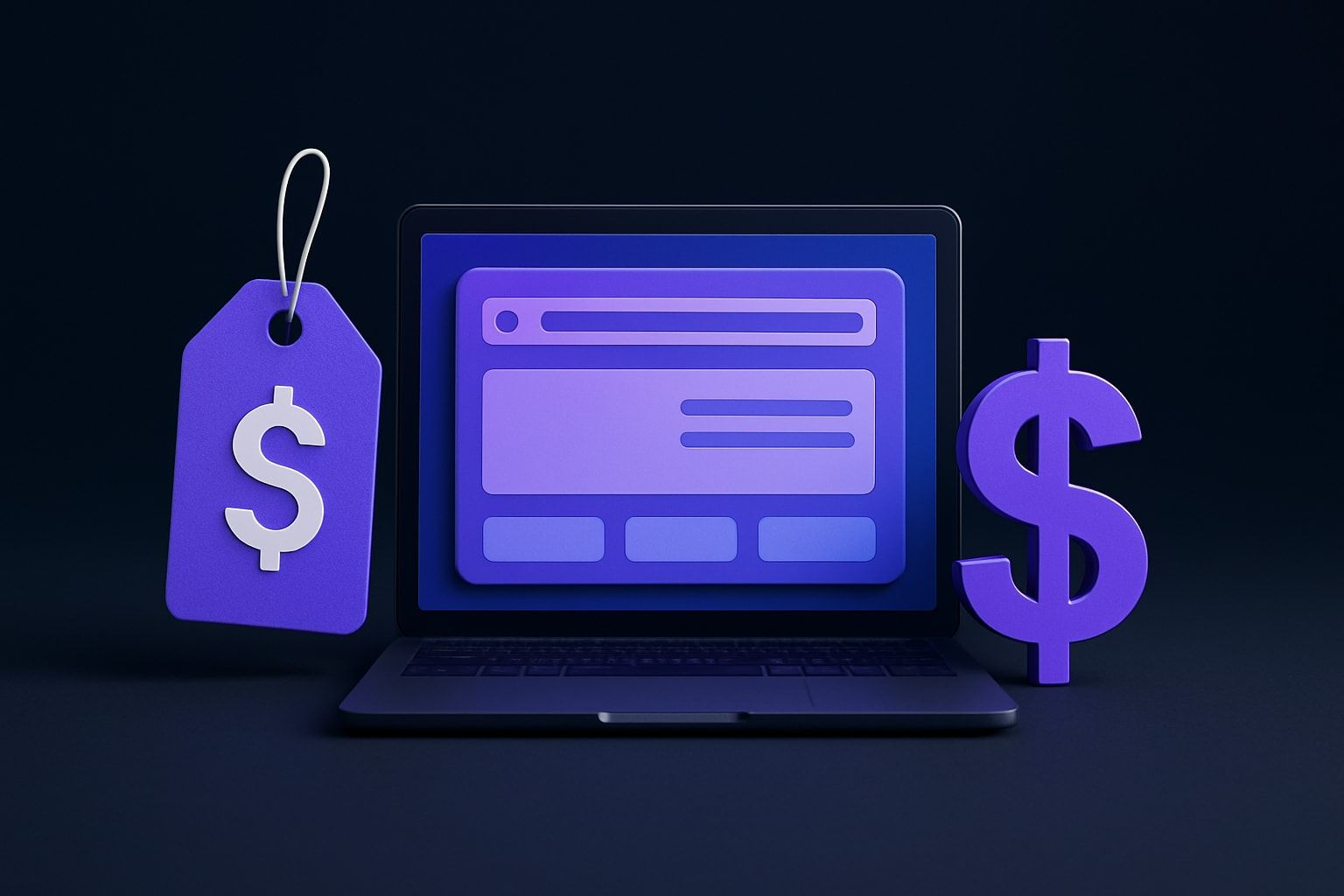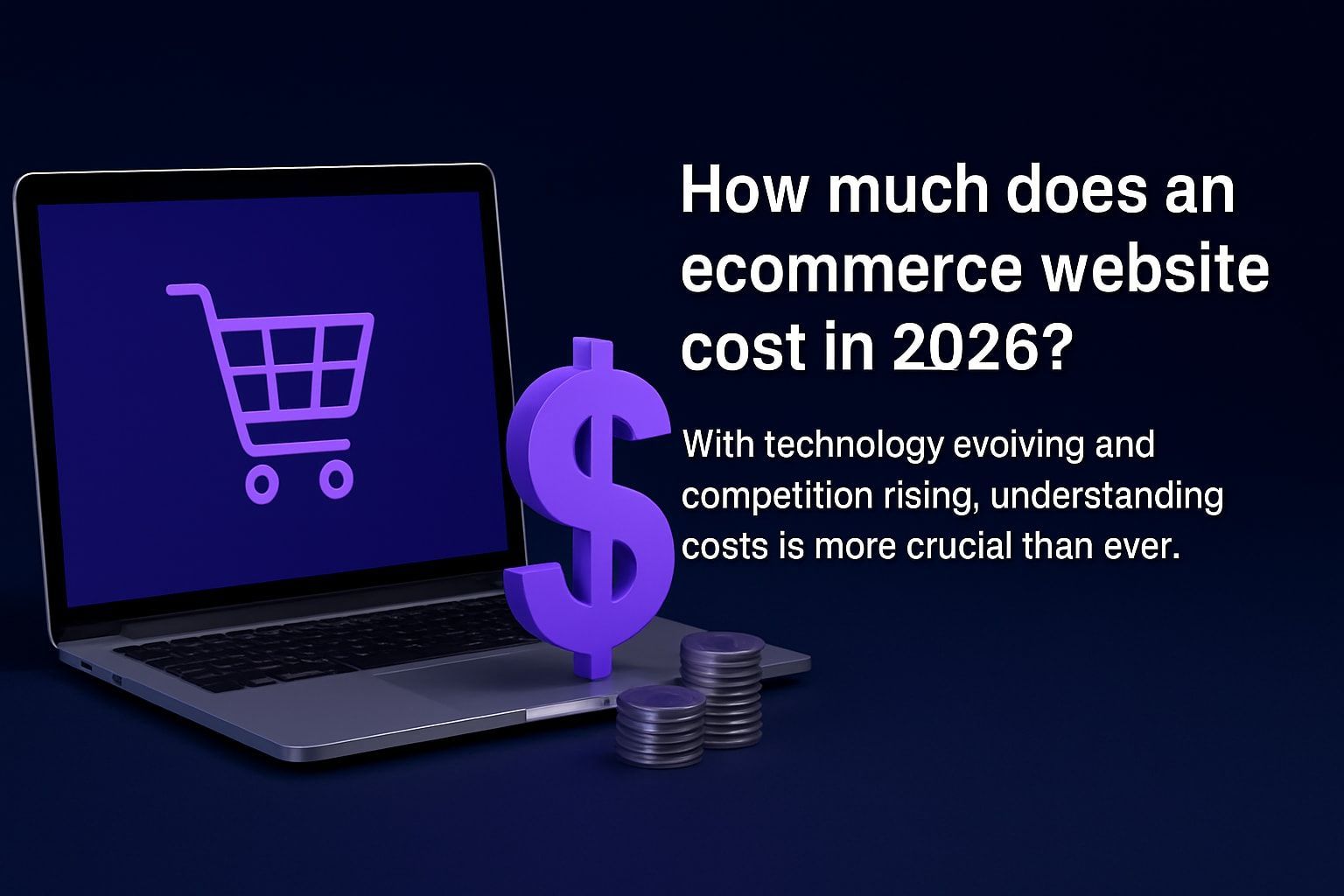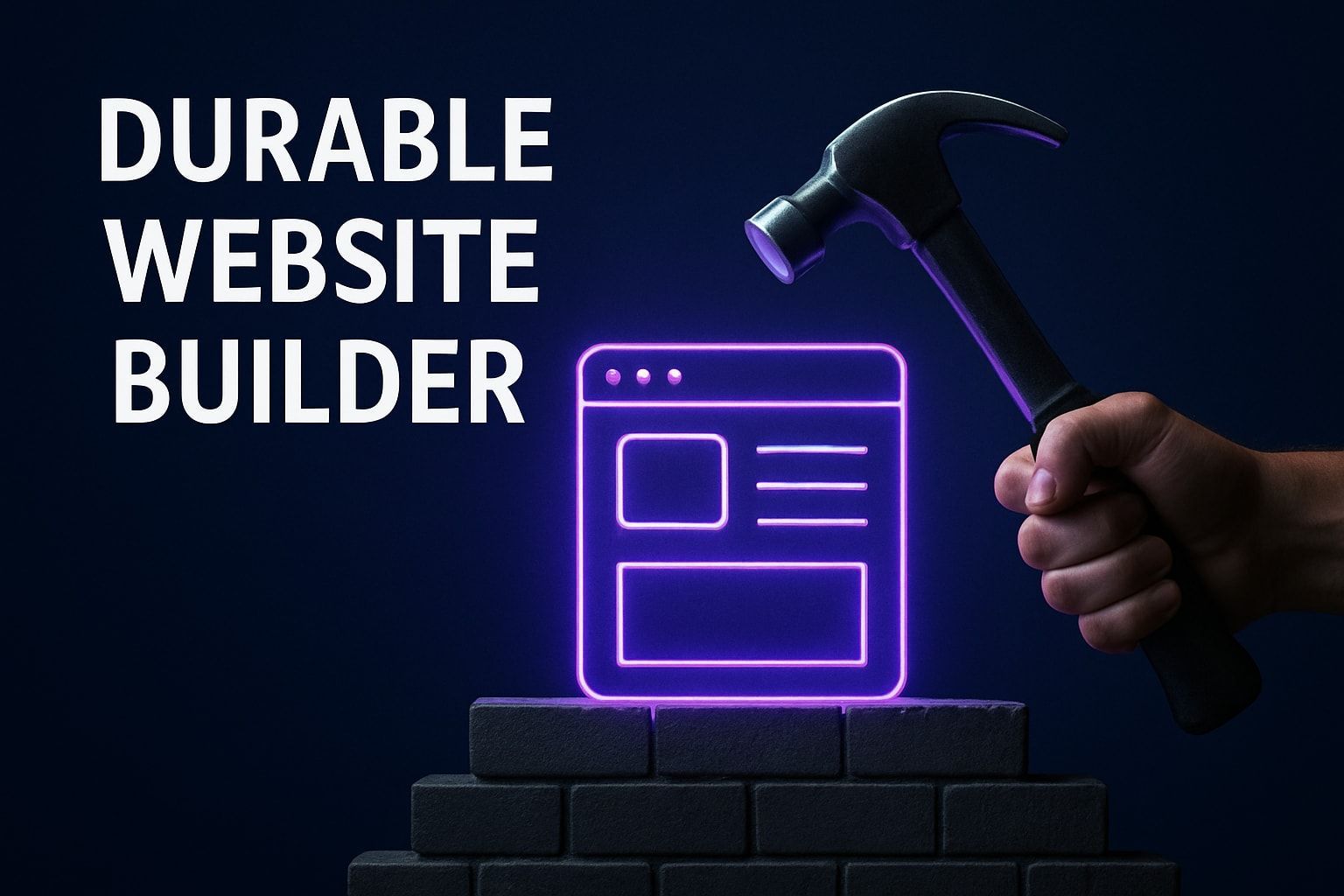Design and Content Guide: Best Practices for 2025
Digital experiences are transforming fast. In 2025, users expect every website and app to be engaging, accessible, and high-performing. The lines between design and content are blurring, especially as AI and omnichannel strategies become the norm.
For businesses and creators, staying ahead means embracing design and content as a unified approach—not just a checklist. Usability, conversion, and brand trust hinge on future-proof best practices.
This article is your step-by-step guide to mastering design and content for 2025. We’ll cover what’s changing, how to align teams, the latest principles, strategy essentials, practical examples, and future trends.
Ready to elevate your digital presence? Let’s dive into the new standards shaping tomorrow’s experiences.
The Evolving Digital Landscape: Design and Content in 2025
Digital experiences are evolving at breakneck speed. With AI, AR/VR, and spatial computing moving from buzzwords to business essentials, user expectations for design and content have never been higher. People want seamless, meaningful interactions—anything less, and they’ll bounce in seconds.

Accessibility, Inclusivity, and Personalization Take Center Stage
Today’s users expect websites and apps to be accessible, inclusive, and personalized. Accessibility isn’t just about compliance—it’s about respecting every visitor. With 1 in 4 adults living with a disability, ignoring accessibility means excluding a massive audience.
Personalization is also reshaping how design and content are delivered. AI-driven recommendations, dynamic layouts, and adaptive interfaces ensure users see relevant information, boosting engagement and brand loyalty.
Collaboration: Where Design and Content Meet
The line between design and content is disappearing. Instead of working in silos, teams must collaborate from day one. Content designers and UX writers now join forces with product designers, ensuring messages and visuals work in harmony.
This shift is critical. According to Hotjar, 80% of users leave sites with poor content structure. A unified approach to design and content helps businesses avoid costly missteps and deliver experiences that truly resonate.
Industry Shifts: Voice, Immersive Storytelling, and AI
The digital landscape is being transformed by voice interfaces, immersive storytelling, and AI-generated content. Brands are experimenting with podcasts, smart assistants, and interactive 3D environments to deepen engagement.
AI’s influence is particularly profound. Platforms now use AI to generate headlines, suggest layouts, and even tailor experiences in real time. For a deeper look at these trends, check out AI Trends in Design and Content Creation, which explores how AI is revolutionizing digital workflows.
The Role of Content Designers
Content designers are no longer just “word people.” At companies like Meta and Hotjar, they’re embedded in product teams, shaping everything from onboarding flows to error messages. Their insights help create digital products that are intuitive, helpful, and enjoyable.
When design and content are aligned, products are easier to use and more likely to convert visitors into loyal customers. This alignment is driving a shift toward cross-functional teams and shared goals.
Overcoming Challenges and Celebrating Success
Despite progress, many organizations still treat content as an afterthought. Siloed teams and last-minute copy edits can undermine even the most beautiful designs. The solution? Systemic approaches that bring design and content together early and often.
Successful companies invest in shared vocabularies, regular collaboration, and robust feedback loops. When these elements are in place, teams consistently deliver superior digital experiences—setting the bar for 2025 and beyond.
Aligning Design and Content: Foundations for Success
The digital landscape is rapidly shifting, and the lines between design and content are blurring. Understanding the difference—and the synergy—between these disciplines is essential for modern teams. Content design focuses on structuring information to solve user problems, while UX writing ensures clarity in interfaces, copywriting persuades, and content marketing builds brand awareness. All play a unique role, but their overlap is where the magic of seamless digital experiences happens.
User needs must always drive design and content decisions. When teams prioritize the end-user, both messaging and visuals become intuitive, relevant, and actionable. Instead of treating content as an afterthought, high-performing teams embrace a “content first, then format” mindset. This approach means understanding what users want to achieve before jumping into layout or visuals.
A real-world example brings this to life. When Hotjar redesigned its subscription management flow, early collaboration between design and content specialists led to clearer instructions, concise error messages, and a smoother user journey. The result? Reduced support tickets and happier customers.
Building a successful team starts with defining clear roles and responsibilities. In content-driven design and content projects, you'll find:
- Content designers who map user journeys and craft microcopy
- UX writers focused on interface clarity
- Visual designers ensuring brand consistency
- Product managers aligning business and user goals
- Developers implementing accessible, responsive solutions
However, pitfalls abound. Common mistakes include treating content as filler, involving writers too late in the process, or allowing messaging to drift from user needs. These missteps can result in confusing experiences and wasted resources.
To avoid these traps, teams should build a shared vocabulary and workflow between design and content experts. Regular workshops, joint style guides, and integrated feedback loops foster collaboration. Modern tools, like AI-Powered Website Builder, further streamline this process by making it easier for teams to prototype, edit, and align both elements from the start.
The data is clear: prioritizing content design leads to measurable improvements. Studies show that organizations embracing this approach see higher user satisfaction and up to 30% fewer support requests. When design and content work in tandem, brands build trust, boost conversions, and stay ahead of evolving digital standards.

Essential Design Principles for 2025
The digital world is evolving quickly, and so are user expectations for seamless, engaging experiences. As we look toward 2025, mastering essential design and content principles will be crucial for anyone hoping to stand out in a crowded landscape.
To future-proof your digital presence, it's time to embrace strategies that put clarity, accessibility, and innovation at the forefront of every project.

Foundational Principles for 2025
At the heart of every successful project lies a strong foundation. The most effective design and content strategies for 2025 prioritize clarity, visual hierarchy, and consistency. Users want to find information quickly and effortlessly, so clear navigation and structured layouts are non-negotiable.
Consistency across platforms builds familiarity and trust. Using standardized components and a unified style guide ensures that your digital products always feel cohesive. If you’re looking to see these principles in action, explore Customizable Website Templates that demonstrate how great design and content work together from the start.
Responsive and Mobile-First Design
Mobile-first thinking is now essential. With more than half of global web traffic coming from mobile devices, your design and content approach must adapt seamlessly to every screen size. Responsive layouts ensure that content remains legible, images scale correctly, and navigation stays intuitive—no matter the device.
Prioritizing mobile usability means faster load times, touch-friendly interfaces, and accessible features for everyone. This approach not only improves user satisfaction but also boosts your visibility in search results.
Visual Storytelling & Data-Driven Layouts
Storytelling is a powerful tool for capturing attention and guiding users through your site. In 2025, data-driven layouts will enhance your design and content by highlighting what matters most. Use analytics to determine which sections users engage with, then arrange your content accordingly.
Strong visual hierarchy—using size, color, and spacing—makes it easy for visitors to scan and absorb information. Did you know that sites with clear visual hierarchy see 23% higher conversion rates? Thoughtful storytelling, combined with strategic layout, keeps users engaged and drives results.
Inclusive Design: Accessibility and Usability
Accessibility is no longer optional. One in four adults lives with a disability, so inclusive design and content practices open your site to a wider audience. Focus on color contrast for readability, clear typography, and intuitive navigation.
Use semantic HTML, descriptive alt text, and keyboard navigation to make your content accessible. By embedding accessibility into your process, you not only meet legal requirements but also create a welcoming environment for every user.
Micro-Interactions and System Design Thinking
Micro-interactions—like button animations or instant feedback messages—bring delight to digital experiences. These subtle cues help users understand what’s happening, reducing frustration and building confidence.
System design thinking is equally important. By developing scalable, reusable components, you ensure consistency and speed up future projects. This approach lets teams focus on innovation rather than reinventing the wheel, uniting design and content in a streamlined workflow.
Real-World Innovation: Brand Examples
Forward-thinking brands are already pushing the boundaries of design and content. Companies are experimenting with AI-powered interfaces, immersive 3D elements, and augmented reality to tell richer stories.
Here’s a quick comparison of notable innovations:
| Brand | Innovation Type | Impact on Design and Content |
|---|---|---|
| Meta | AI-driven personalization | AI-driven personalization Highly tailored user journeys |
| Hotjar | Data-informed UX | Data-informed UX Optimized layouts and messaging |
| Avantiy | Adaptive templates | Cohesive, accessible experiences |
By studying these leaders, you can find inspiration for your own projects and ensure your design and content stay ahead of the curve.
Building a Future-Proof Content Strategy
Staying ahead in digital experiences begins with a future-proof content strategy. In 2025, users expect seamless, relevant, and intuitive interactions across every touchpoint. To meet these demands, businesses must rethink how they approach design and content. A successful strategy balances clarity, brevity, and depth—ensuring information is accessible, engaging, and actionable for all users.

Understanding your audience is the foundation of effective design and content. User research—through interviews, surveys, and analytics—reveals pain points, motivations, and expectations. Data-driven insights help prioritize what matters most. By grounding content decisions in real user needs, teams avoid assumptions and create meaningful experiences that resonate.
Journey mapping and persona development bring clarity to the process. Mapping the user journey uncovers key moments where design and content intersect. Personas represent distinct audience segments, guiding tone, language, and messaging. This approach ensures every piece of content supports the user’s goals, from onboarding to conversion and beyond.
AI is rapidly reshaping the landscape of design and content. Generative AI tools can create, translate, and personalize messaging at scale. These technologies help teams serve global audiences and adapt content for different platforms—without sacrificing quality or brand voice. AI also enables dynamic content recommendations, making each user’s experience unique and relevant.
Best practices for 2025 focus on clarity and usability. Structure content with clear hierarchies, using headings, bullet lists, and concise microcopy. Contextual guidance—such as tooltips and inline help—reduces confusion and supports self-service. Leveraging SEO tools for content optimization ensures content is discoverable and aligned with search intent, boosting visibility and conversion rates.
Continuous iteration is key. Collect feedback through analytics, user testing, and direct surveys. Use these insights to refine messaging, address gaps, and enhance navigation. As voice and conversational interfaces become more prevalent, adapt content for natural language and accessibility. Leading digital products like Meta and Hotjar exemplify how iterative, cross-functional collaboration in design and content leads to higher engagement, lower support costs, and greater brand trust.
Step-by-Step Guide: Implementing Best Practices in Design and Content
Staying ahead in 2025 means adopting a systematic approach to design and content. The best teams don’t just follow trends—they implement proven steps that make their digital experiences usable, trustworthy, and conversion-focused.
Below, you’ll find a practical, actionable blueprint to elevate your design and content workflow, complete with examples, data, and checklists for success.
Step 1: Conduct User and Market Research
Start by gathering insights into your users’ needs, pain points, and goals. Use surveys, interviews, and market data to build a foundation for your design and content decisions.
- Identify primary personas.
- Uncover pain points and opportunities.
- Analyze competitor approaches.
A clear understanding of your audience helps you avoid guesswork and make informed choices throughout the design and content process.
Step 2: Map User Journeys and Touchpoints
Visualize the paths users take across your digital platforms. Mapping user journeys reveals key moments where design and content can make or break the experience.
- Chart every stage: awareness, consideration, conversion, retention.
- Highlight emotional highs and lows.
- Pinpoint where information or guidance is needed most.
This step ensures your design and content work together to guide users smoothly and efficiently.
Step 3: Develop a Unified Style Guide
Create a comprehensive style guide that covers visual elements, voice, tone, and accessibility standards. Consistency is non-negotiable for high-performing design and content.
- Document typography, color palette, and UI components.
- Define voice and tone for all communications.
- Include accessibility rules: contrast, alt text, ARIA labels.
A strong style guide empowers teams to build cohesive experiences, reducing confusion and rework.
Step 4: Prototype Collaboratively
Bring designers, content strategists, and stakeholders together early. Use wireframes and mockups to integrate design and content from the start.
- Build low- and high-fidelity prototypes.
- Test different content structures and layouts.
- Encourage feedback from all team members.
Collaborative prototyping uncovers issues before launch, saving time and resources.
Step 5: Test with Real Users
Put your prototypes in front of real users. Gather both qualitative and quantitative feedback to refine your design and content.
- Conduct usability tests and interviews.
- Record user sessions and analyze heatmaps.
- Prioritize feedback that impacts usability and clarity.
User testing ensures that your design and content align with real-world needs, not just internal assumptions.
Step 6: Iterate Based on Insights
Refine your work based on what you learn. Iteration is key to optimizing both design and content for performance and engagement.
- Update layouts, messaging, and features as needed.
- Review analytics and user feedback regularly.
- Foster a culture of continuous improvement.
Teams that embrace iteration see higher conversion rates and stronger brand trust.
Step 7: Launch Incrementally and Optimize
Roll out your updates in stages, monitoring results and making data-driven adjustments. Use A/B testing, analytics, and user surveys to measure the impact of your design and content choices.
- Launch MVPs or pilot versions.
- Track performance metrics: bounce rate, conversions, satisfaction.
- Optimize based on real-world data and feedback.
AI-driven tools are increasingly used to streamline this process and orchestrate ongoing improvements, as discussed in AI's Impact on Media Workflows.
Checklist for Success
| Step | Key Actions | Questions to Ask |
|---|---|---|
| 1 | Research | Who are our users? What do they need? |
| 2 | Map Journeys | Where do users struggle or succeed? |
| 3 | Style Guide | Are our visuals and copy consistent? |
| 4 | Prototype | Did we integrate design and content? |
| 5 | Test | What feedback are we hearing? |
| 6 | Iterate | Are changes improving outcomes? |
| 7 | Launch & Optimize | How are we tracking results? |
For more actionable strategies—especially in ecommerce—explore these Ecommerce Design Best Practices to see how top brands align design and content for maximum impact.
Common Challenges & Solutions
- Siloed teams: Foster early collaboration.
- Content as an afterthought: Involve content specialists from day one.
- Inconsistent messaging: Stick to your unified style guide.
- Lack of real-user feedback: Prioritize ongoing testing and iteration.
B
y following these steps, your team creates digital experiences that are adaptable, scalable, and future-ready. Integrated design and content workflows are proven to boost project success rates and drive meaningful results.
Future Trends and Innovations in Design and Content
The digital world is moving faster than ever, and design and content are at the front lines of this change. As we look to 2025, several trends are reshaping how teams create, deliver, and optimize digital experiences. Let’s explore the innovations that will define the next era.
AI and Automation in Design and Content Creation
Artificial intelligence is rapidly transforming the design and content landscape. In 2025, AI-driven tools are automating everything from layout suggestions to personalized content generation. This shift allows teams to focus on creativity and strategy, while AI handles repetitive tasks.
Major industry events, such as the Adobe Summit 2025 Highlights, have showcased groundbreaking advances in creative AI. These tools now support seamless integration between design and content, enabling real-time collaboration and smarter workflows.
AI’s impact isn’t just about speed. It’s changing how we think about accessibility and inclusivity. Automated checks for color contrast, alt text, and content clarity are making digital experiences more user-friendly by default.
Key Benefits of AI in Design and Content:
- Accelerates prototyping and iteration cycles.
- Enables hyper-personalized user journeys.
- Reduces manual errors and improves consistency.
The future of design and content will depend on how well teams embrace and adapt to these intelligent systems.
Immersive Technologies and Multimodal Experiences
Spatial computing, AR/VR, and mixed reality are breaking down the boundaries between physical and digital spaces. For design and content professionals, this means thinking beyond the traditional screen.
Immersive storytelling is becoming a core strategy. Brands are leveraging 3D environments and interactive narratives to engage users in ways that static websites never could. With spatial audio, haptic feedback, and gesture-based controls, experiences are becoming truly multimodal.
Consider the evolution of voice interfaces. Users now expect to interact with brands via voice, touch, and even eye movement. This requires design and content to work together, ensuring every mode of interaction feels natural and accessible.
| Technology Trend | Impact on Design and Content |
|---|---|
| AR/VR | Richer, more engaging storytelling |
| Spatial Computing | Context-aware, adaptive layouts |
| Voice & Gesture | Multimodal, inclusive user experiences |
Staying ahead means experimenting with these technologies and reimagining how stories are told.
Personalization, Privacy, and Ethical Design
Personalization is no longer a nice-to-have—it’s expected. In 2025, users want design and content that adapts to their needs, behaviors, and preferences. AI-powered segmentation and dynamic content delivery are making hyper-personalized experiences a reality.
However, this power comes with responsibility. Privacy and ethical design are under the spotlight. Regulations are tightening, and users are more aware of how their data is used. Brands must prioritize transparency, user consent, and fairness in every interaction.
Best Practices for Ethical Personalization:
- Use clear language about data collection and personalization.
- Give users control over their experience and privacy settings.
- Audit algorithms for bias and unintended consequences.
Design and content teams must balance innovation with integrity, building trust while delivering value.
Evolving Roles and Agility for the Future
The roles within design and content teams are changing fast. Content designers are moving beyond “wordsmithing” to act as system thinkers and product strategists. They collaborate closely with designers, developers, and analysts to shape holistic digital experiences.
Cross-functional teams are essential for breaking down silos and driving innovation. Agile workflows allow for rapid testing, feedback, and iteration—crucial in a landscape defined by constant change.
According to AI's Role in Creative Industries, by 2025, 70% of leading brands will rely on AI-driven content workflows. This shift demands new skills and mindsets, from data literacy to storytelling across channels.
How to Stay Future-Ready:
- Invest in continuous learning and experimentation.
- Encourage collaboration between all design and content stakeholders.
- Monitor early adopters and adapt their strategies to your context.
The future of design and content is bright for those willing to evolve, embrace new tools, and keep the user at the center.
If you’re inspired by these best practices and ready to bring your own ideas to life, you don’t have to wait for 2025 to make your mark. With Avantiy’s AI-powered platform, you can put everything you’ve learned into action—designing accessible, engaging, and future-ready websites without any coding headaches. Whether you’re building your first portfolio or launching a new store, the right tools make all the difference. Take the next step and
Start Building Your Website Today—it’s fast, intuitive, and designed for creators like you.
Start building your new website today
No credit of debit card required start building today




